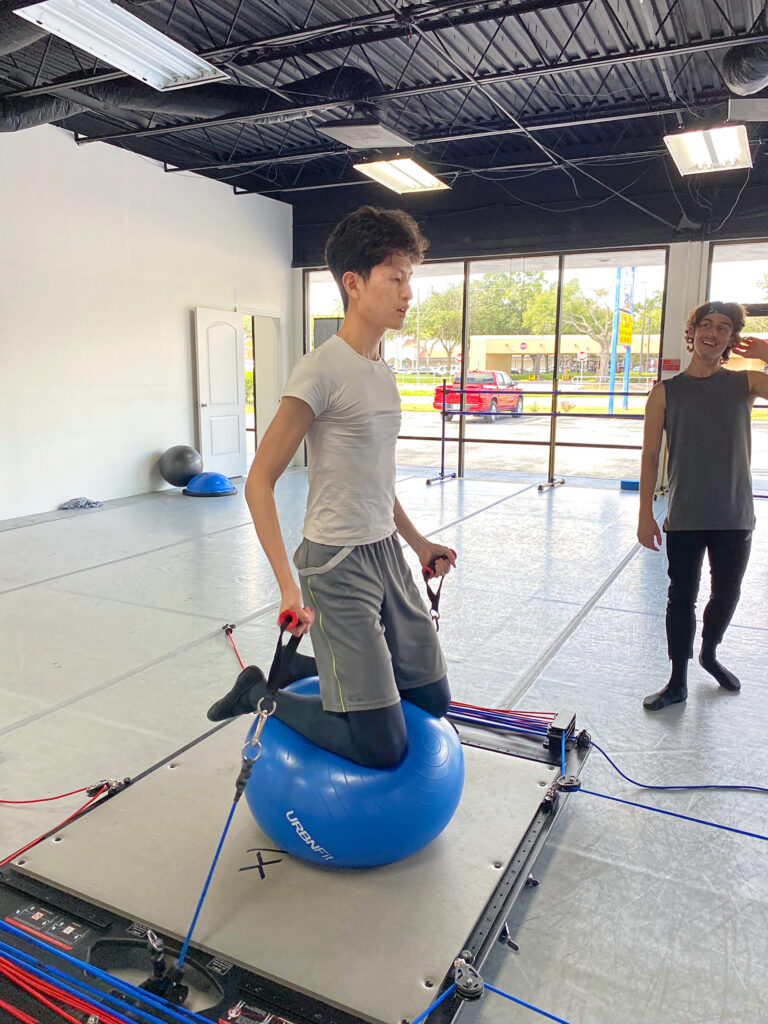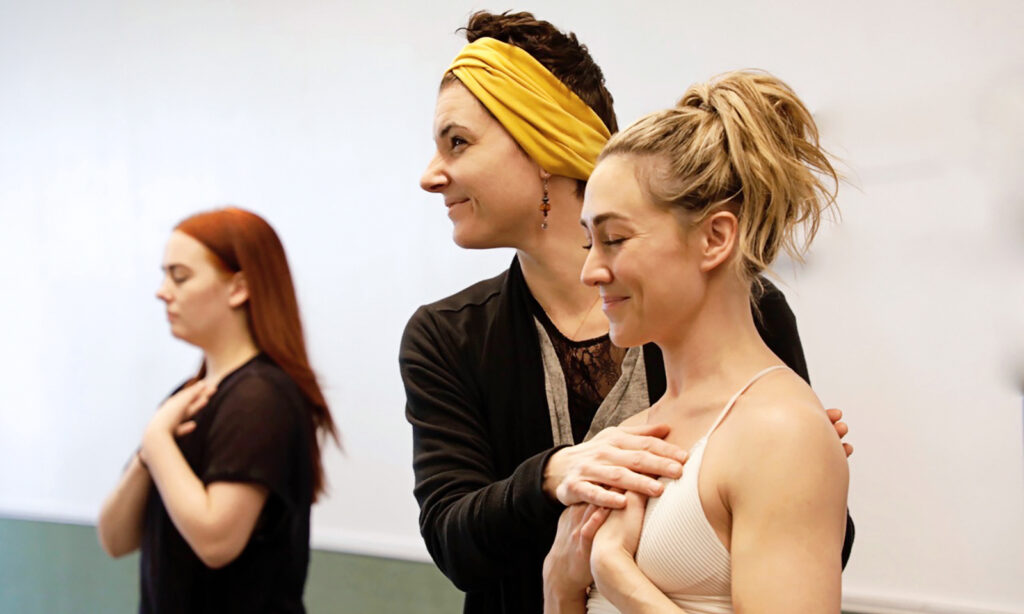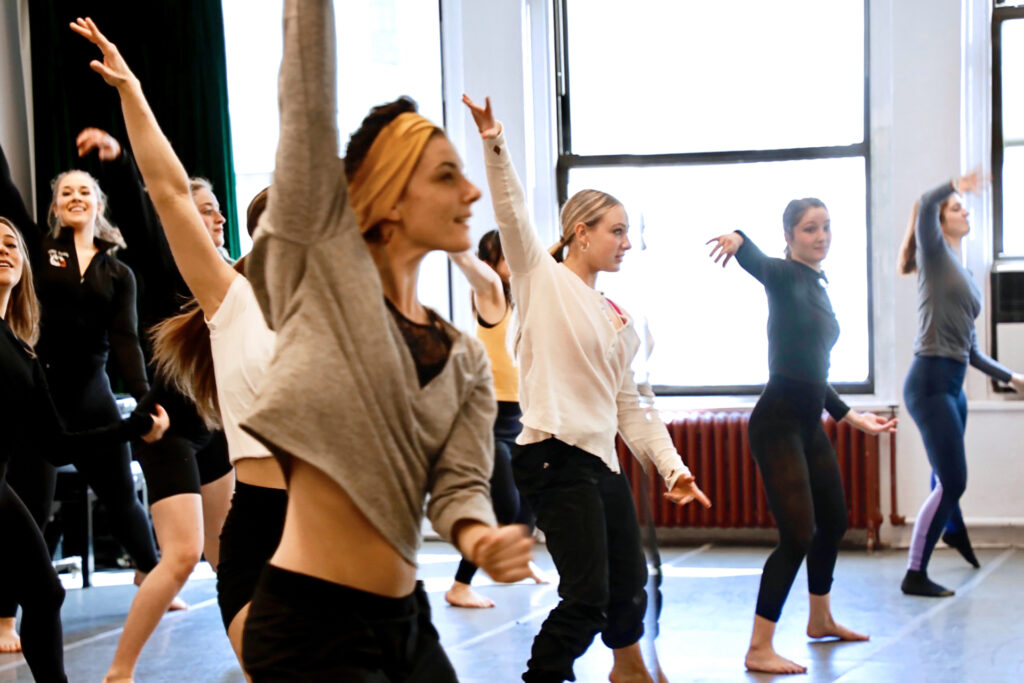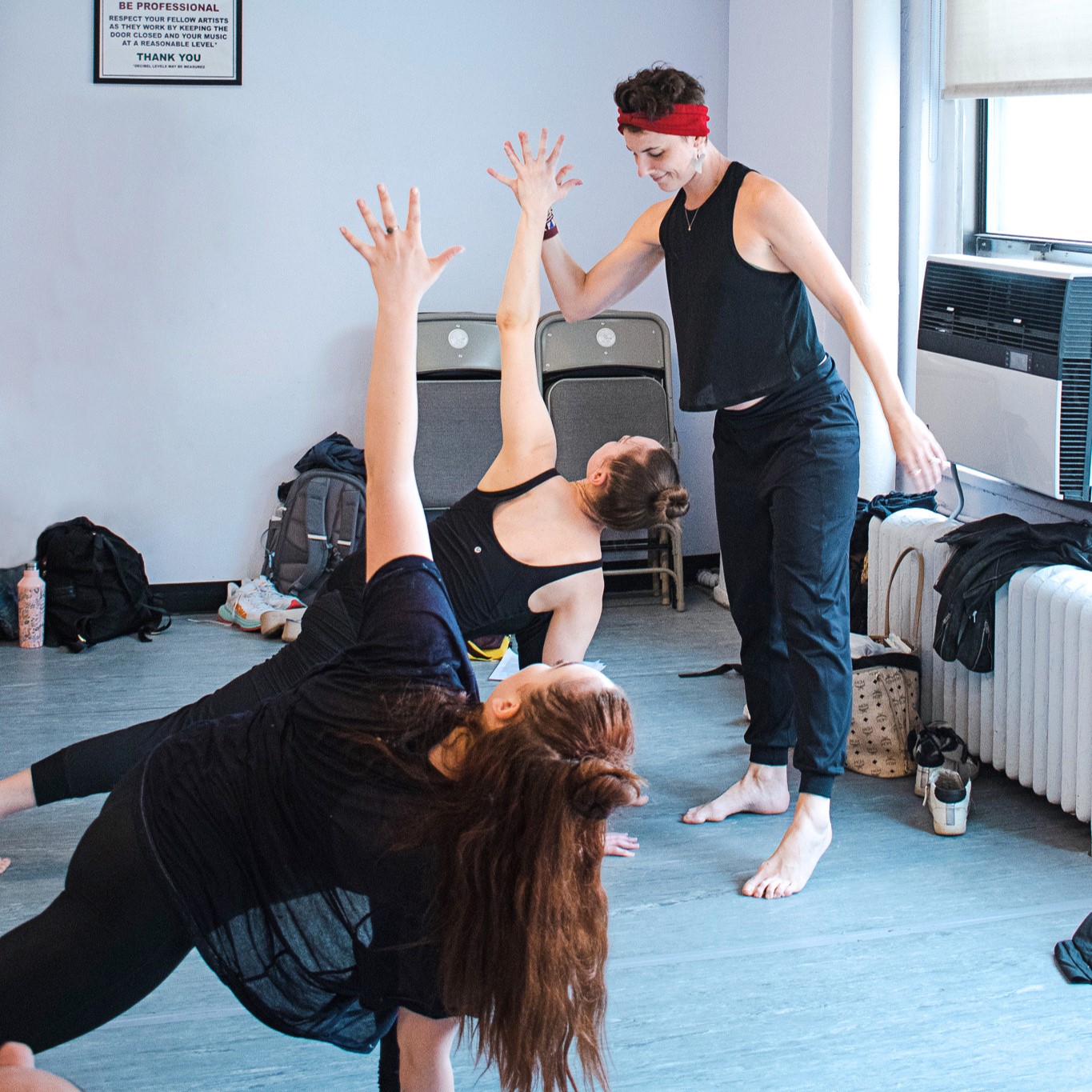Expert Tips for Boosting Your Stamina
No matter how many times you’ve rehearsed a dance in the studio, getting onstage can feel like the air has suddenly become thinner. Between the nerves and adrenaline likely boosting your heart rate and the size of the stage demanding you to travel further than you’re used to, it’s normal to find yourself huffing and puffing by the time the curtain closes.
But it need not be this way, says Joseph Gatti, founder of United Ballet Theatre and creator of the Gatti Method, which emphasizes consistent weekly cross-training and conditioning for dancers. He says that while he believes typical dance training doesn’t adequately prepare dancers for the cardiovascular demands of performing, it’s possible to build stamina to dance stronger longer.
Train Anaerobically

By and large, dancers face anaerobic challenges to their stamina—in practice, this means short bursts of intensity with rests or low-intensity moments in between. And yet, most of the cross-training dancers do (like using cardio machines) is aerobic—meaning a sustained low- to medium-intensity effort, if it’s challenging their cardiovascular system at all. (Pilates and yoga, for instance, rarely get the heart pumping.)
While both aerobic and anaerobic training are important for dancers, Leanne Wonesh, an athletic trainer at Houston Methodist who works with Houston Ballet dancers, says anaerobic work will better prepare dancers for the demands of being onstage. That could mean adding some intervals to your treadmill run, but Wonesh emphasizes that there is no one-size-fits-all cross-training option, and that it should be something you enjoy, whether that’s playing a sport or taking a HIIT class. Whatever you do, start slow, she says, and vary your workouts (including your work-to-rest ratios) to continue to challenge your body.
At United Ballet Theatre, Gatti uses a VertiMax V8 Platform—a machine that allows dancers to move with bands that connect to various parts of the body and extend more than 30 feet—to add a resistance challenge (and, ultimately, a cardiovascular one) to dance-specific athletic movement. He encourages dancers to think beyond lifting weights and doing box jumps to focus on cross-training that’s more similar to what they actually do onstage.
Breathe With Intention
When your breathing starts to get out of control, it can feel impossible to rein in. So start paying attention to your breath before it gets labored, suggests Wonesh, who says that while breathing in through your nose and out through your mouth is the most common recommendation, do whatever you find allows you to take the fullest, deepest breaths. You may even want to choreograph your breath, says Broadway veteran Chryssie Whitehead, who teaches at Steps on Broadway and Broadway Dance Center, coordinating it with your movement like you would during a yoga class.

Most important, Wonesh says, is matching the length of your inhale with the length of your exhale. “Often, your inhale gets shorter and your exhale gets longer, so you’re losing more air than you’re taking in,” she says. Making sure they are equal—which could mean breathing in time with the music—will ensure you aren’t skimping on the inhales.
Try to Relax
Wonesh says that performance anxiety, including worries about running out of breath, will only make your heart rate spike higher and exacerbate the problem. Prioritize any preshow rituals that help you feel relaxed and centered, and should you feel stress cropping up onstage, “put it in a box,” says Wonesh. “Literally picture yourself putting it into a cardboard box—then the box is still in your brain, and you can unpack it later.”
All Singing, All Dancing
Musical theater dancers face a next-level stamina challenge: Singing while dancing. Broadway veteran and teacher Chryssie Whitehead prepares students by getting them singing as early in class as possible, even encouraging them to sing along during warm-up. Sounding good isn’t what’s important, she says—it’s getting your body used to the demands of doing both. She also recommends singing while doing light cardio, like jogging.

Spice Up Studio Time
During large classes or long rehearsals, dancers can have extended periods of time waiting for their turn to dance, resulting in a lower work-to-rest ratio than what they experience onstage. Athletic trainer Leanne Wonesh suggests staying active during these downtime moments and keeping the heart rate up with light cardio, like jumping jacks. Not only will this help build stamina, she says, but it will reduce injury risk by keeping you warm for when you do have to jump back into dancing.




